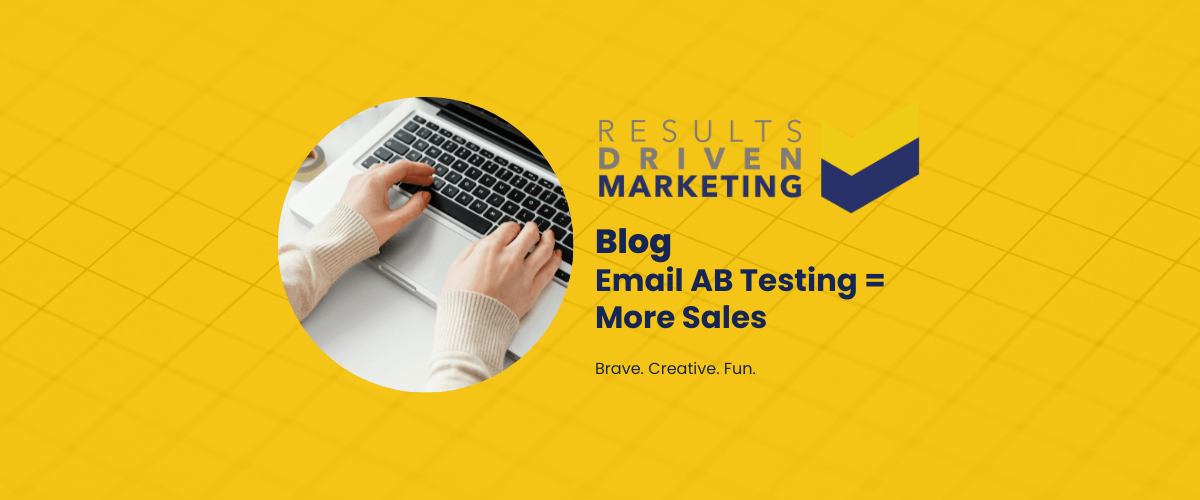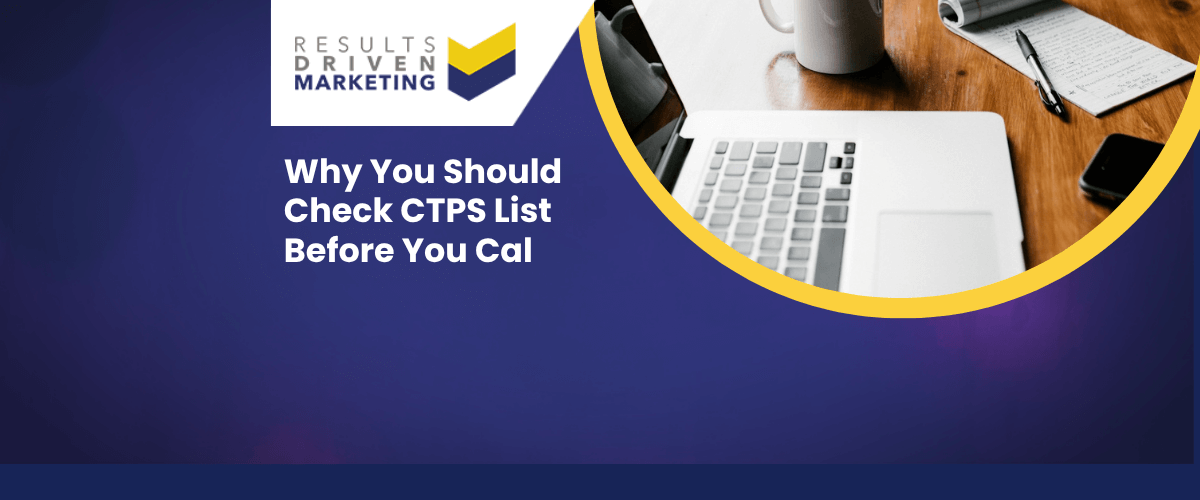
Email AB Testing for More Sales
In the dynamic world of digital marketing, there’s one strategy that stands out, consistently proving its worth: email AB testing.
Diving into the realm of email marketing, one quickly realises the immense potential that lies within these simple tests. But what exactly is email A/B testing?
It’s the art and science of comparing two versions of an email to determine which one performs better in terms of open rates, click-through rates, and conversions. It’s a method that, when done right, can significantly boost your email marketing results.
Table of contents:
What’s AB testing in email marketing (and why you shouldn’t fear it)
A/B testing in email marketing is not a monstrous task that one should be wary of. Instead, it’s a powerful tool in your marketing arsenal. At its core, it’s about sending two versions of an email to see which one your audience prefers.
Think of it as a friendly competition between two emails, with the winner getting the privilege of being sent to a larger audience. The process is systematic, data-driven, and designed to enhance your email marketing efforts.
So, there’s no reason to fear it. Embrace email A/B testing, and watch your email marketing campaigns soar to new heights.
Email AB testing made simple
- Step 1: Choose two variations of your email. This could be different subject lines, content, or even images.
- Step 2: Send these variations to a small segment of your audience.
- Step 3: Analyse which version had a better performance.
- Step 4: Send the winning version to the rest of your audience.
By following this straightforward approach, you can ensure that your emails are optimized for the best possible results. It’s all about making informed decisions based on real data, rather than relying on gut feelings.
Why you need email AB testing
In the vast ocean of email marketing, standing out is crucial. Every day, countless emails flood our inboxes, and only a few grab our attention. So, how do you ensure your emails are among those few? The answer lies in email A/B testing. Here are some compelling reasons:
- Enhanced Engagement: By understanding what resonates with your audience, you can craft emails that they’re more likely to open and engage with.
- Higher Conversion Rates: Through A/B testing, you can identify the calls-to-action, designs, and content that drive conversions.
- Reduced Unsubscribes: By sending content that your audience values, you reduce the chances of them hitting that dreaded unsubscribe button.
How to set up your AB test email campaign for accurate results (5 things to consider)
Embarking on the journey of email A/B testing? Well, you’re in for a treat. But before you dive in, there are some crucial steps and considerations to ensure your tests yield accurate and actionable results. Let’s delve into these, shall we?
First, decide which variable to test
In the realm of email A/B testing, the first step is often the most crucial. You need to pinpoint the variable you wish to test. It could be:
- The subject line
- The email content
- Call-to-action buttons
- Images or graphics
Remember, the goal is to identify which element impacts your email’s performance the most. So, choose wisely.
How do you pick the correct sample size?
The sample size can make or break your email A/B testing. Too small, and you might not get statistically significant results. Too large, and you might be wasting resources. Here’s a simple approach:
- Determine your email list size.
- Decide on a percentage (typically 10-20%) to be part of the test.
- Ensure this sample is representative of your entire audience.
Timing window considerations
Timing is everything, especially in email marketing. When setting up your email A/B testing, consider:
- The duration of the test: Typically, 4-7 days is a good window.
- The days of the week: Weekdays might yield different results than weekends.
- Time zones: Especially important if you have a global audience.
Optimal delivery time
Sending your emails at the right time can significantly impact open rates. Through email A/B testing, you can determine:
- Peak open times for your audience.
- Days when they’re most active.
- Times when they’re likely to take action.
Importance of testing only one variable at a time
While the temptation to test multiple variables in one go might be strong, resist it. Testing just one variable ensures that you can clearly attribute any changes in performance to that specific variable. It keeps things clean, simple, and, most importantly, accurate.
Example of an A/B split test
Imagine you’re unsure whether a playful subject line or a more formal one would resonate better with your audience. So, you set up an email A/B test:
- Version A: “Hey there! Fancy some exclusive deals?”
- Version B: “Exclusive Offers for Valued Customers.”
After a week, you find that Version A has a 5% higher open rate. Voila! You’ve just used email A/B testing to optimize your email marketing strategy.
What email variables could I test (and how to do this)?
Ah, the world of email A/B testing is vast, and the possibilities? Well, they’re pretty much endless. But, let’s not get overwhelmed. Instead, let’s focus on the core variables that can make a significant difference in your email marketing campaigns.
By tweaking and testing these elements, you can gain insights that can propel your email strategy to new heights. So, what are these variables, and how can you go about testing them? Let’s dive in.
Email testing best practices: 5 ideas to A/B test in your email campaigns
When it comes to email A/B testing, there’s a plethora of elements you can play around with. But, as with everything, it’s best to start with the basics. Here are five tried-and-tested ideas that can give you meaningful results:
Test email subject lines
The subject line is the first thing your recipient sees. It’s the gateway to your email, and its importance cannot be overstated. Consider testing:
- Different lengths: Short and snappy vs. detailed and descriptive.
- Tone: Casual vs. formal.
- Use of emojis: Do they enhance engagement or detract from it?
Test sender’s name
Who the email comes from can influence open rates. Think about it:
- Personal name vs. company name: Does “John from XYZ Co.” perform better than just “XYZ Co.”?
- Role-specific names: “Support Team” vs. “Marketing Team”.
Test email content
The meat of your email. Here’s where you can get really creative with your email A/B testing. Consider:
- Length: Long-form content vs. brief updates.
- Tone and style: Conversational vs. professional.
- Personalisation: Using the recipient’s name or other personal details.
Test images (or no images)
Visuals can enhance or detract from your message. It’s essential to get them right. You might want to test:
- Image types: Illustrations vs. real photos.
- Placement: Top of the email vs. interspersed within the content.
- Image-heavy vs. text-heavy emails: Which resonates better with your audience?
Test your preheader text
That little snippet of text that appears right after the subject line? It’s more important than you might think. It can set the tone for the entire email. Consider testing:
- Different teasers: Highlighting the main offer vs. creating intrigue.
- Length: One short sentence vs. two.
- Call-to-action: Encouraging immediate opening vs. a more laid-back approach.
Remember, the key to successful email A/B testing is to approach it systematically, make data-driven decisions, and always, always keep the needs and preferences of your audience front and center.
A/B testing for landing pages
Now, while we’ve been deep-diving into the world of email A/B testing, let’s not forget its equally powerful cousin: A/B testing for landing pages. Just as with emails, testing different versions of your landing pages can offer invaluable insights. Whether it’s tweaking the call-to-action, playing around with the layout, or testing different images, the potential for optimisation is vast.
And the best part? The principles are pretty much the same as email A/B testing. So, once you’ve got the hang of one, you’re well on your way to mastering the other.
Why you should start A/B testing your emails today
If you’re still on the fence about email A/B testing, let’s clear the air. In today’s digital age, where every click, open, and conversion counts, not leveraging the power of A/B testing is, well, leaving money on the table. It’s a direct route to understanding your audience better, optimising your emails for maximum impact, and ensuring that your email marketing strategy is always on point. So, why wait? The time to start is now.
FAQ
Navigating the intricate world of email A/B testing can bring up a plethora of questions. But fret not, we’ve got you covered. Let’s delve into some of the most frequently asked questions about email A/B testing.
What is A/B testing?
At its core, A/B testing, often referred to as split testing, is a method where you compare two versions of something to determine which one performs better. In the context of email marketing, it’s about sending two variations of an email to see which one resonates more with your audience.
How do A/B tests work in email campaigns?
In essence, you’d create two versions of an email with a single variation. This could be the subject line, content, or even the call-to-action. You then send these versions to a small segment of your audience and analyze which one garners a better response. The winning email is then sent to the rest of your list.
What are the benefits of A/B testing?
Diving into email A/B testing can offer a myriad of advantages:
- Improved open rates
- Enhanced click-through rates
- Insights into subscriber preferences
- Higher conversion rates
How do you set up an A/B email test?
Setting up an A/B email test is a systematic process:
- Decide on the variable you want to test.
- Create two versions of your email.
- Send them to a segment of your list.
- Analyse the results.
- Roll out the winning version to your broader audience.
What are the common components you can test in emails?
The beauty of email A/B testing is its versatility. You can test:
- Subject lines
- Email content
- Call-to-action buttons
- Images
- Sender’s name
How do you choose a winner in an A/B test?
The winner in an A/B test is typically the version that achieves the desired outcome, be it higher open rates, more clicks, or increased conversions. It’s essential to use analytics tools to ensure the results are statistically significant.
What are some common A/B test ideas in email marketing?
There’s no shortage of ideas when it comes to email A/B testing. Some popular ones include:
- Testing different promotional offers
- Playing around with email design
- Tweaking the tone of the content
How does A/B testing differ from multivariate testing?
While A/B testing focuses on testing one variable at a time, multivariate testing allows you to test multiple variables simultaneously. It’s a more complex approach but can offer deeper insights.
Are there any limitations to A/B testing in emails?
While email A/B testing is powerful, it’s not without its challenges. Some limitations include:
- The need for a sizable email list for statistically significant results
- The risk of inconclusive results
- Potential for over-optimisation
How does the test phase in A/B testing work?
The test phase in A/B testing is where the magic happens. It’s when you send out your two email versions to a segment of your list and gather data on their performance. This phase typically lasts a few days to a week.
What are the variables you can test in an A/B email campaign?
In an A/B email campaign, the world is your oyster. You can test almost any component, from the subject line, email body, images, to the call-to-action. The key is to ensure that you’re testing variables that align with your email marketing goals.
What are the advantages of email ab testing?
Diving into the world of email A/B testing comes with a plethora of benefits:
- Enhanced Engagement: Understand what makes your audience click.
- Higher Conversion Rates: Fine-tune your emails for optimal results.
- Reduced Unsubscribes: Send content that truly resonates.
- Data-Driven Decisions: Move beyond guesswork and make informed choices.
What are the disadvantages of email ab testing?
But, as with everything, there are a few considerations to keep in mind:
- Time-Consuming: Setting up, running, and analysing tests can take time.
- Risk of Inconclusive Results: Not all tests will give clear winners.
- Potential for Over-Optimisation: Too much testing can lead to emails that feel inauthentic.
Is email ab testing a good idea?
In a word, absolutely. While there are a few potential pitfalls, the benefits far outweigh the drawbacks. With a systematic approach and a focus on the audience, email A/B testing can be a game-changer for your email marketing strategy.
What are the key considerations when email ab testing?
Embarking on email A/B testing? Here are some things to keep in mind:
- Single Variable Testing: Test one thing at a time for clear results.
- Representative Sample: Ensure your test audience is a good reflection of your larger list.
- Statistical Significance: Ensure your results are not just by chance.
What are the alternatives to email ab testing?
While email A/B testing is powerful, there are other optimisation strategies to consider:
- Multivariate Testing: Test multiple variables simultaneously.
- Segmentation: Tailor your emails based on audience segments.
- Personalisation: Use data to create hyper-personalised email experiences.
Remember, the key is to find what works best for your audience and your goals. Whether it’s email A/B testing or another strategy, the aim is always to deliver value and drive results.
Wrapping Up
In the ever-evolving landscape of digital marketing, email A/B testing emerges as a beacon of clarity. This method, which involves comparing two versions of an email to gauge which performs better, has proven invaluable for businesses aiming to refine their email strategies.
By leveraging the insights from email A/B testing, companies can navigate the challenges of the digital realm, ensuring their messages resonate with their audience and drive desired outcomes.
In essence, email A/B testing is not just a tool but a compass, guiding businesses towards more informed decisions, optimised campaigns, and, ultimately, success in their email marketing endeavours.
As we’ve explored throughout this article, the benefits are manifold, and the potential for growth is immense. So, for companies seeking to overcome challenges and elevate their email game, email A/B testing is the way forward.






